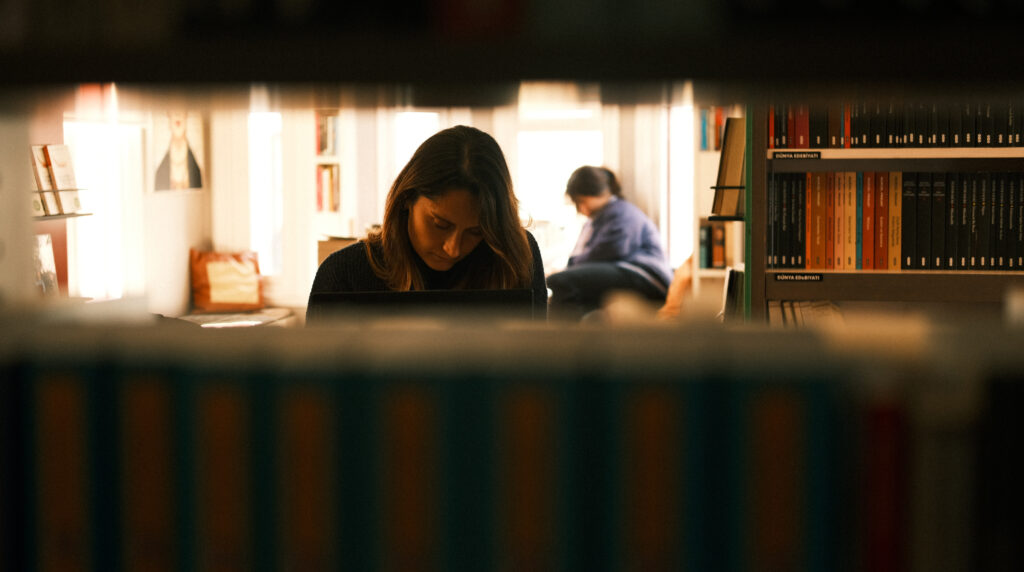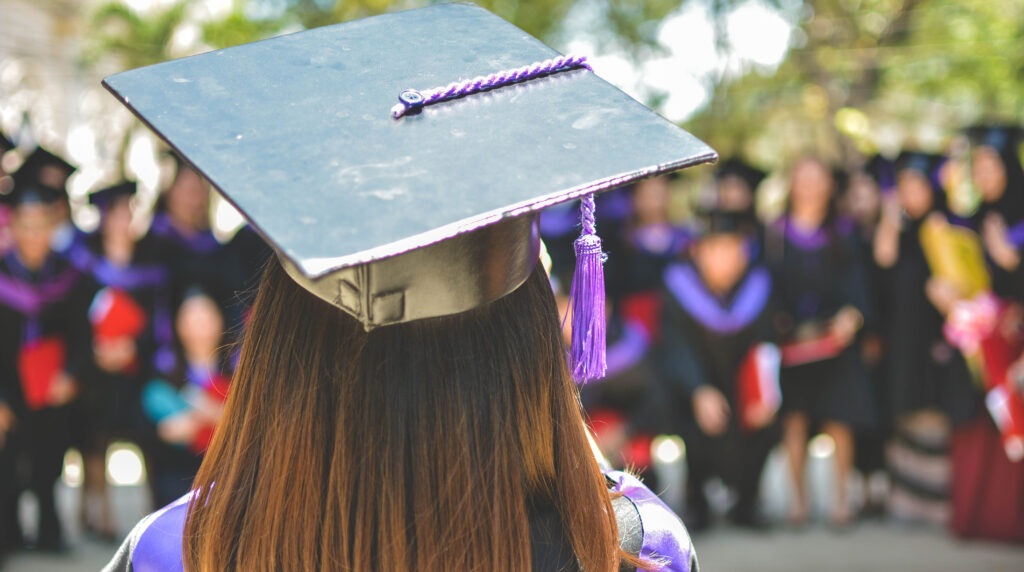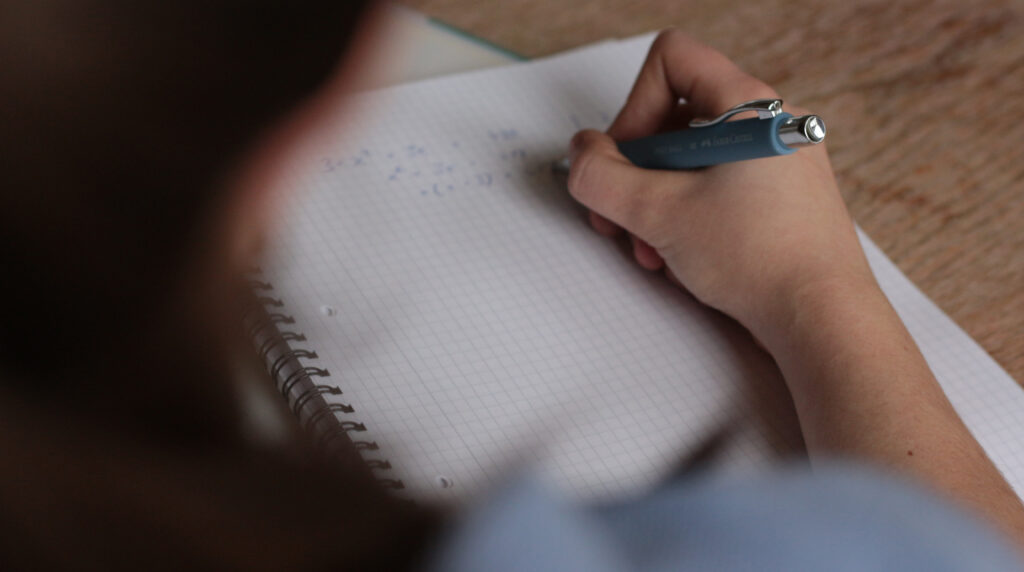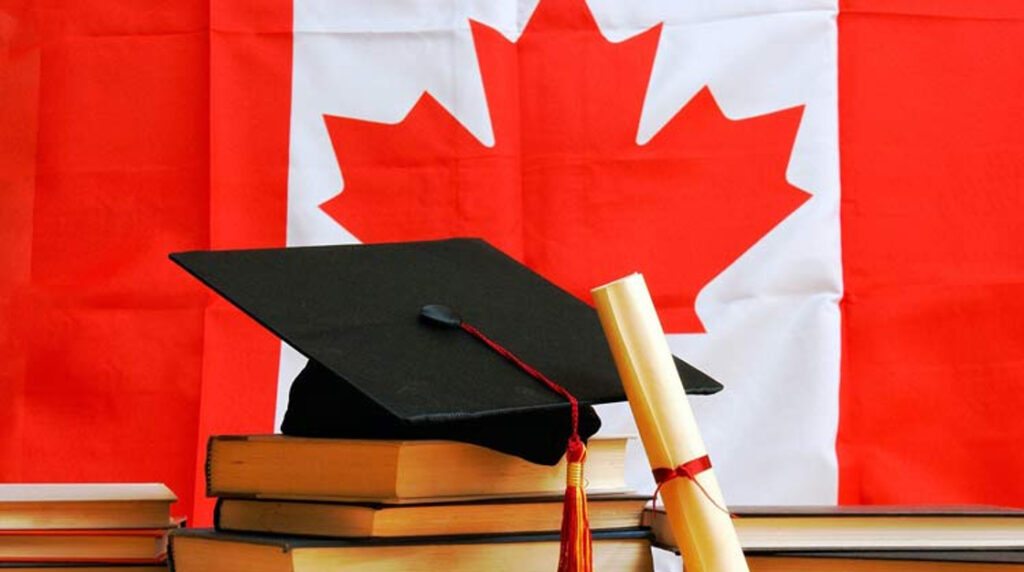Undoubtedly, South Korea is one of the countries that comes to mind when we talk about globally recognized education systems. A disciplined and rigorous approach, coupled with outstanding performance in international tests, makes South Korea a widely studied and seemingly exemplary model. However, the South Korean education system has also faced many criticisms.
In this week’s post, we will delve deep into the functioning of South Korea’s education system and examine its strengths and weaknesses, providing a realistic insight that will make us reflect on the fact that not everything that glitters is gold.
Keep reading! And if you want to learn about the reality of education systems in other countries, don’t miss our posts on the Canadian education system and that of the Netherlands.

How is the education system organized in South Korea?
The education system in South Korea is divided into several stages, which are detailed below:
Preschool Education
This is optional schooling that covers ages 3 to 5 or 6 and can be either public or private. As it is optional, it is not part of the general government education system and therefore does not receive the same aid and subsidies.
During this stage, the curriculum focuses on the holistic development of students, with a focus on thematic areas such as the Korean language, art, music, basic mathematics, etc.
Primary Education
From the age of 5 or 6, primary education begins, which is compulsory and free in most schools. This stage lasts for six years, encompassing up to 11 or 12 years of age.
The curriculum at this stage is broad, with a variety of subjects, including mathematics, science, English, sports, music, ethics, drawing, etc.
First Cycle of Secondary Education: Middle School
Middle school education starts around the age of 12 and lasts for three years until approximately 14 or 15 years of age. It is a compulsory stage of education and is mostly free.
The curriculum is extensive, similar to the previous stage, and there is an increased pressure on students to achieve good grades due to the high competitiveness of the education system.
Second Cycle of Secondary Education
The second cycle of secondary education begins around the age of 15 and lasts until around 18 years of age, spanning three years. This stage is not mandatory, but many students choose to continue with it.
At this stage, the pressure is very high as students strive to obtain good grades to gain admission to prestigious universities.
The following table provides a summary of the correspondences between the South Korean education system and the Spanish/French systems:
| South Korean School Year | Ages | Equivalent in Spain | Equivalent in France |
|---|---|---|---|
| Grade 1 | 6-7 years old | 1º de primaria | Curso preparatorio |
| Grade 2 | 7-8 years old | 2º de primaria | Curso elemental 1 |
| Grade 3 | 8-9 years old | 3º de primaria | Curso elemental 2 |
| Grade 4 | 9-10 years old | 4º de primaria | Curso medio 1 |
| Grade 5 | 10-11 years old | 5º de primaria | Curso medio 2 |
| Grade 6 | 11-12 years old | 6º de primaria | Sixième (Collège) |
| Grade 7 | 12-13 years old | 1º de ESO | Cinquième (Collège) |
| Grade 8 | 13-14 years old | 2º de ESO | Quatrième (Collège) |
| Grade 9 | 14-15 years old | 3º de ESO | Triosème (Collège) |
| Grade 10 | 15-16 years old | 4º de ESO | Secondé (Lycée) |
| Grade 11 | 16-17 years old | 1º de Bachillerato o Grado medio | Première (Lycée) |
| Grade 12 | 17-18 years old | 2º de Bachillerato o Grado medio | Terminale (Lycée) |
And how does the school year and schedule work?
In the South Korean education system, the school year is divided into two semesters. The first semester runs from March to July, and the second semester runs from September to February. Students have winter and summer vacation weeks between semesters.
Regarding schedules, they usually have classes from 8 in the morning until 4 in the afternoon. However, the day does not end there. In most cases, students continue studying, either in the library or attending private classes, until past 10 PM, and sometimes even reaching midnight.

Key characteristics that define the education system of South Korea are:
1. Education is compulsory and mostly free from around the age of 6 to 15
The stages of primary education and the first cycle of secondary education encompass compulsory basic education. The aim is to provide all students with access to education, preparing them for their academic and professional futures.
Most schools are free, although private schools that require payment for compulsory education can also be found.
2. Education is highly valued in South Korea as a means of attaining professional prestige
The South Korean education system is renowned for its academic rigor and the high pressure placed on students to excel and achieve outstanding results.

3. It is a highly demanding system with a great emphasis on studying
As a result of the perception that education is a means to achieve personal and professional success, students in South Korea dedicate a significant amount of time to studying. In fact, they put in so much effort that they often receive support from study academies and personal tutors outside of regular school hours.
As it can be observed, it is a highly demanding system characterized by intense competition, where dedicating many hours to studying is necessary to excel. From a young age, children are encouraged to strive for academic success by achieving good grades.
4. Memorization is emphasized while creativity is overlooked
En el sistema educativo de Corea del Sur, tradicionalmente se ha puesto mucho foco en la In the South Korean education system, there has traditionally been a strong focus on memorization and the acquisition of theoretical knowledge, often neglecting creativity and other types of skills.
From an early age, students are expected to memorize large amounts of material, with a heavy emphasis on written exams that demonstrate their ability to recall and reproduce previously studied information.
This focus on memorization is also driven by the significant importance placed on university entrance exams, which are highly competitive and primarily based on the regurgitation of theoretical knowledge.
However, this emphasis on memorization has led to a diminished emphasis on creativity and critical thinking, thereby jeopardizing skills such as problem-solving, innovation, and analytical thinking. In response to these concerns, curriculum reforms are being implemented to address the lack of a more creative approach in the South Korean education system.

5. High international performance is achieved at the expense of the pressure exerted on students
The South Korean education system excels in numerous international tests and assessments, often being considered a benchmark for education worldwide. However, this high performance is the result of immense pressure placed on its students.
Students face long hours of studying, with a strong emphasis on achieving outstanding results, which can lead to issues of anxiety and stress.
Additionally, due to the extensive time dedicated to studying, students may experience an overwhelming workload, leaving them with limited time for socializing and only the necessary hours for sleep and rest.

Did you know the key aspects of South Korea’s education system?
You’ve probably heard about the education system of this country, as it is one of the most studied and highly regarded in the world. However, have you ever wondered if it’s all that it’s cracked up to be? After considering everything we’ve discussed, we ask ourselves: is it worth achieving excellent academic results if it comes at the expense of students’ mental health?
Let us know your thoughts on our social media platforms: Facebook, Twitter, Instagram and Youtube.
Remember, you can use Additio App for free with the Additio Starter, and you’ll be able to evaluate much more than just theoretical knowledge, which is the main focus in South Korea.
Annyeong!





